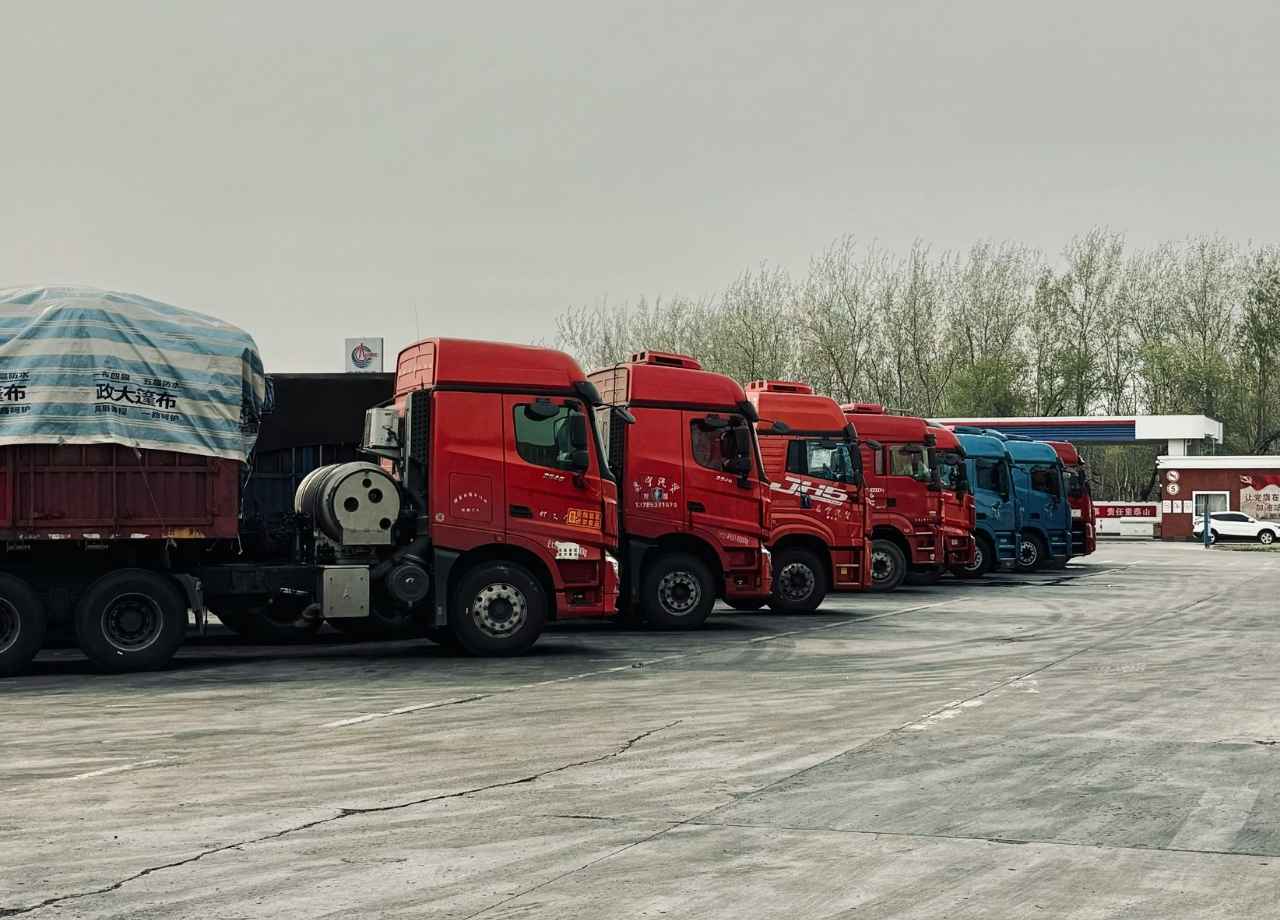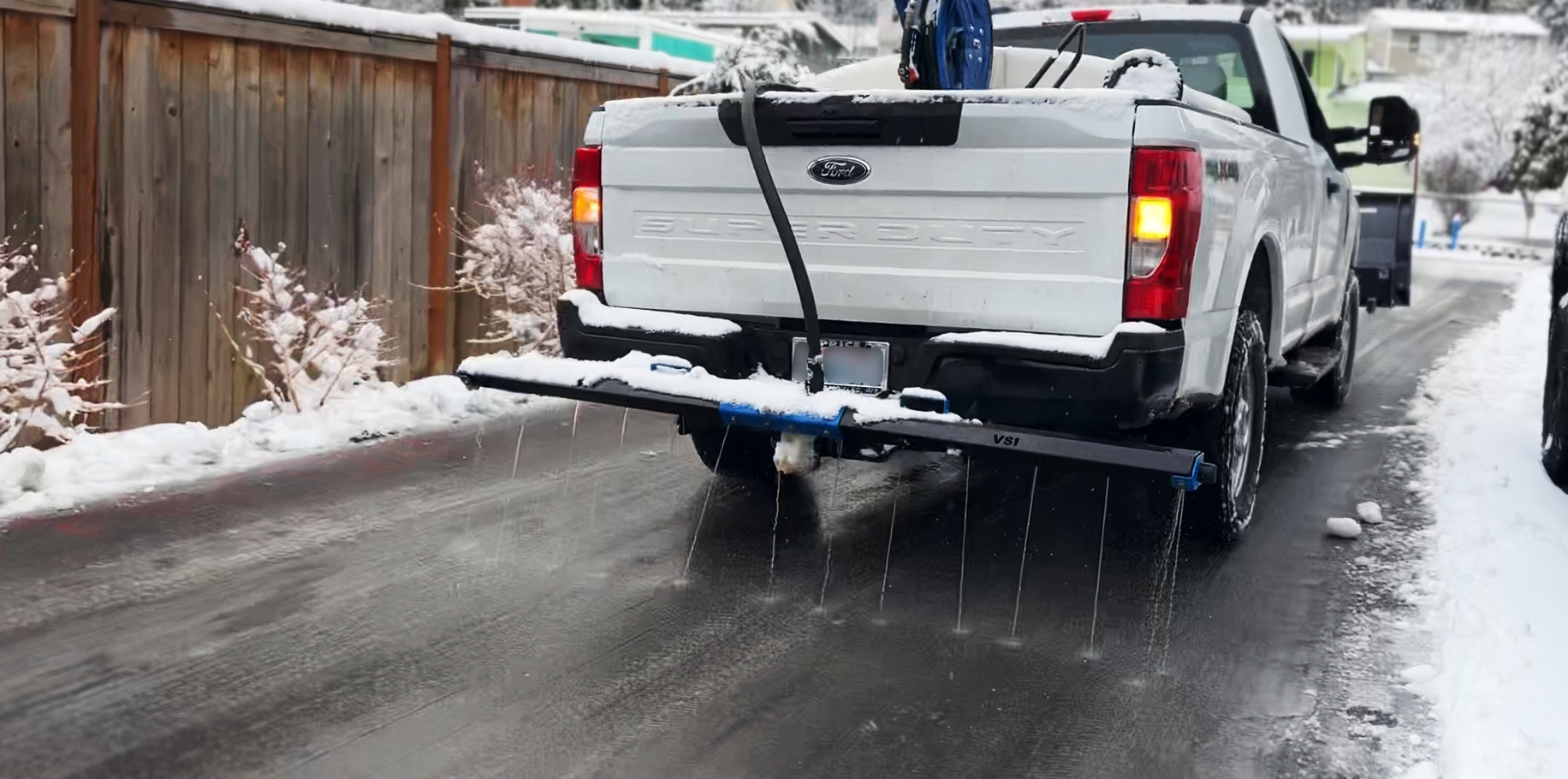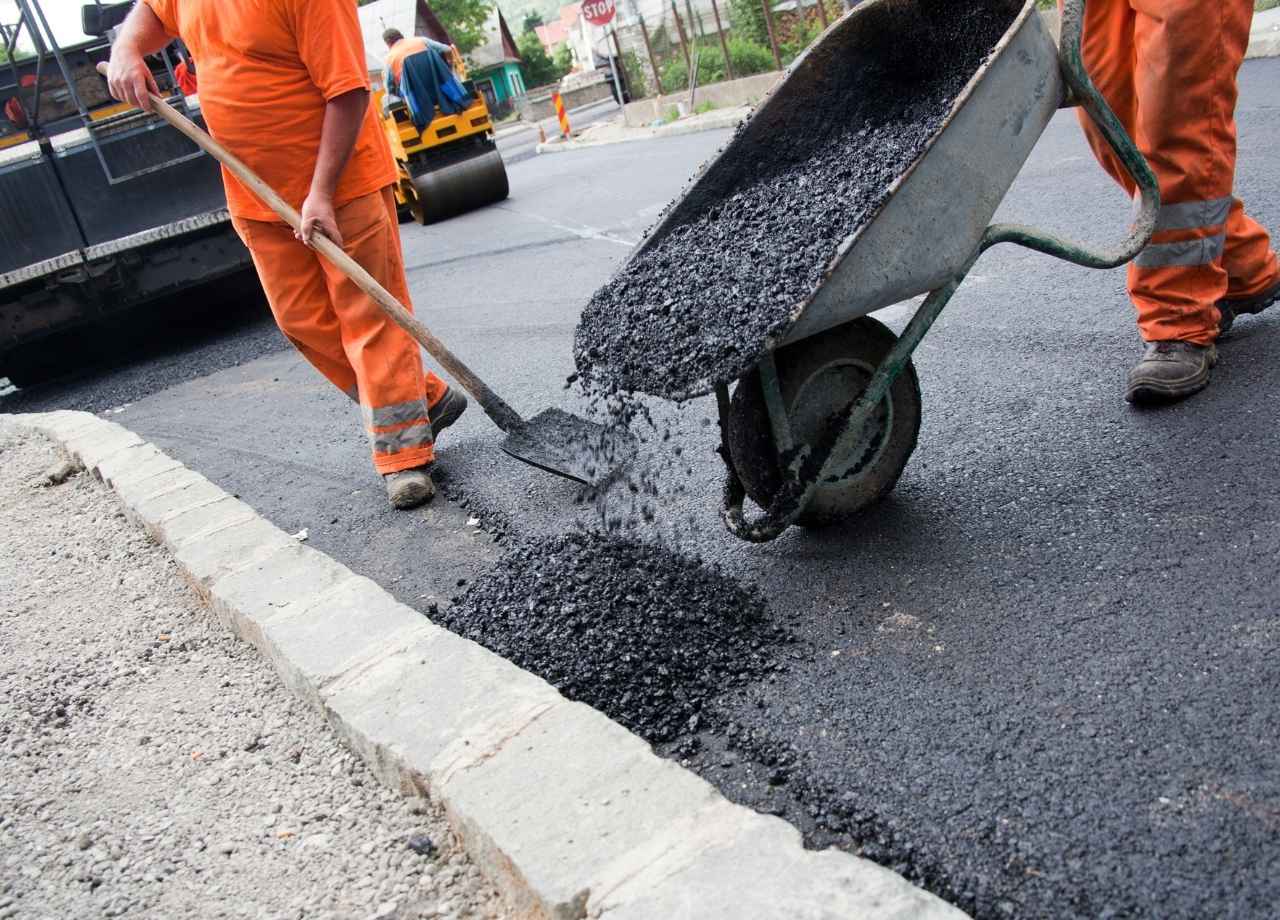Large commercial truck lots endure constant stress from heavy vehicle traffic, weather fluctuations, and exposure to oil, fuel, and other chemicals. Without proper upkeep, asphalt surfaces can deteriorate faster than expected, leading to safety hazards, higher repair costs, and disruptions to business operations. Maintaining the pavement on these lots requires a targeted approach that balances durability, cost-efficiency, and minimal downtime for drivers and logistics teams.
Understanding the Demands of Truck Lot Pavement
The load-bearing demands on a truck lot differ significantly from standard parking areas. Fully loaded trucks can weigh 30 times more than passenger vehicles, creating deeper rutting and accelerated surface wear. Large turning radiuses for rigs also grind away at the asphalt’s upper layers, especially in high-traffic turning points near loading bays and entry gates. Standing water from inadequate drainage only worsens the problem by weakening the pavement’s subbase.
Experienced facility managers know that once cracks or potholes form, they tend to expand quickly. Heavy truck tires force water into gaps, breaking apart the aggregate and making the surface unstable. The result can be rapid degradation if issues are not addressed promptly. Neglecting early signs of damage can also increase liability risks if drivers or vehicles are harmed by unsafe pavement conditions.
Prioritizing Drainage and Slope Management
One of the first things to review in a maintenance plan is drainage efficiency. Even a well-compacted truck lot can suffer premature wear if water lingers. Standing water in heavy-use areas can freeze in winter, leading to heaving, while warm weather pooling promotes erosion. Regular inspections should identify low spots where water collects. Correcting these with milling and regrading prevents moisture from penetrating deeper layers.
Lots with poor slope design may require strategic overlays or full-depth reconstruction to improve runoff. Choosing the right pitch helps ensure that even during intense storms, water moves away from the surface quickly instead of soaking into the pavement structure.
Crack Sealing as a Preventive Measure
Hairline cracks may seem harmless, but under the weight of a tractor-trailer, they widen fast. Once moisture gets in, freeze-thaw cycles or high summer heat can cause them to spread. Hot-applied crack sealants create a flexible barrier that moves with the pavement, preventing water intrusion and delaying larger repairs.
Truck lot maintenance crews often schedule crack sealing during warmer months for optimal adhesion. The process involves cleaning each crack thoroughly to remove debris and vegetation before applying the sealant. This attention to detail can extend the life of the surface by several years, making it one of the most cost-effective preventive actions available.
Sealcoating to Protect Against Fuel and Oil Damage
Unlike residential driveways, truck lots are constantly exposed to diesel, gasoline, hydraulic fluid, and other automotive chemicals. These substances break down asphalt binders, softening the surface and making it more prone to raveling. Sealcoating provides a protective barrier that resists chemical penetration while restoring the lot’s uniform appearance.
Facility operators often choose a heavy-duty, coal-tar–based sealant for truck yards because of its higher resistance to petroleum products. The application must be planned carefully to avoid disrupting trucking schedules, often requiring phased work so sections can remain operational while others cure.
Addressing High-Stress Areas First
Certain zones in a truck lot deteriorate much faster than others. Entry and exit lanes, fueling stations, loading docks, and turning circles often need more frequent attention. Focusing maintenance budgets on these areas can prevent small failures from spreading to the rest of the lot.

Patching with hot-mix asphalt is common for isolated problem spots. The repair crew saw-cuts around the damaged section, removes compromised material, compacts a new hot mix, and seals the edges to prevent water infiltration. This localized approach helps preserve the overall integrity of the pavement without committing to an entire resurfacing prematurely.
Overlay vs. Reconstruction
When wear extends beyond isolated patches, decision-makers must choose between an asphalt overlay or full-depth reconstruction. Overlays add a fresh layer over existing pavement, improving ride quality and sealing small cracks. This is faster and less costly but only works if the base structure remains stable.
Full reconstruction involves removing all asphalt layers and replacing the base material before installing new pavement. Although more expensive, it eliminates underlying failures and provides the longest service life. Heavy truck lots with severe rutting, base failure, or drainage issues often benefit more from reconstruction than repeated overlays.
Seasonal Maintenance Planning
Weather extremes play a major role in asphalt wear, especially in regions with freeze-thaw cycles or intense heat. Planning seasonal maintenance ensures repairs happen under optimal conditions.
- Spring: Inspect for winter damage, seal cracks, and clean catch basins.
- Summer: Apply sealcoat, mill and overlay sections, and re-stripe.
- Fall: Patch problem spots and address drainage before winter precipitation.
- Winter: Monitor for snowplow damage and promptly remove ice-melt residue that can degrade surfaces.
Scheduling these tasks prevents minor issues from escalating during harsh seasons and reduces unexpected repair costs.
The Role of Routine Cleaning
Dust, gravel, spilled grain, and other debris left on the lot can grind into the asphalt under truck tires, acting like sandpaper. Regular sweeping reduces abrasion and keeps drainage channels clear. Oil spots should be cleaned quickly to minimize chemical damage.
Pressure washing can be effective in high-traffic areas, but operators must take care to avoid forcing water into cracks. Proper cleaning also supports pavement markings’ visibility, which is crucial for directing large vehicle movement safely.
Long-Term Cost Efficiency
Well-maintained asphalt can last decades in a commercial truck lot environment. Neglected surfaces, however, may require costly rehabilitation within just a few years. Spreading maintenance budgets across regular inspections, sealing, and targeted repairs avoids the financial shock of full-lot replacement.
Tracking repair history and using pavement condition index ratings can help managers forecast budgets more accurately. Investing in prevention not only reduces repair costs but also minimizes operational downtime, keeping freight moving and schedules intact.
At National Facility Contractors, we help facility managers and logistics operators build proactive asphalt maintenance programs that extend pavement life, lower liability risks, and keep truck lots operating with minimal disruption.
Conclusion
A commercial truck lot is more than a surface for parking—it is the foundation of logistics operations. When asphalt is neglected, the consequences include safety hazards, lost revenue from downtime, higher liability exposure, and escalating repair costs. By committing to regular inspections, preventive maintenance, and timely repairs, facility managers can protect both their investment and the people who depend on it. The payoff is not just smoother pavement but a smoother business operation overall.







